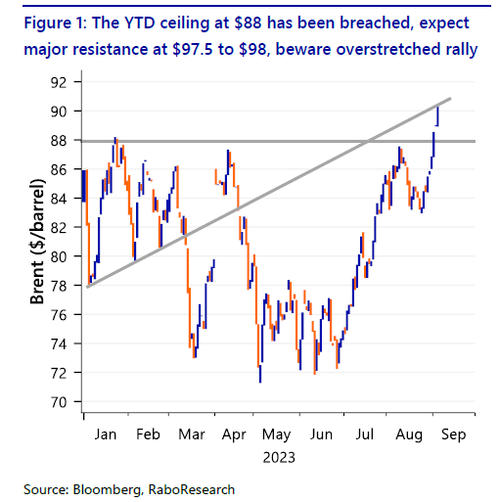The Department of Health and Human Services (HHS) last week recommended that the Drug Enforcement Administration (DEA) move marijuana from Schedule I of the Controlled Substances Act, the law’s most restrictive category, to Schedule III, which includes prescription drugs such as anabolic steroids and Tylenol with codeine. Thirty-five years ago today, Francis Young, the DEA’s chief administrative law judge, likewise concluded that marijuana did not belong in Schedule I, which also includes illegal drugs such as heroin, LSD, psilocybin, and MDMA.
Although Young’s conclusions ultimately were rejected by DEA Administrator John Lawn, his decision was a milestone in marijuana reform that highlighted the irrationality of the drug’s legal classification. It is worth another look now that the DEA, in response to the HHS recommendation, may finally acknowledge, after half a century of steadfast resistance, that marijuana does not meet the statutory criteria for Schedule I.
Young’s 1988 ruling came after 16 years of litigation that demonstrated how determined the DEA was to maintain the total prohibition of marijuana, no matter what the relevant evidence showed. In 1972, the National Organization for the Reform of Marijuana Laws (NORML) and two other groups petitioned the Bureau of Narcotics and Dangerous Drugs (BNDD), the DEA’s predecessor agency, asking it to move marijuana from Schedule I to Schedule V, the least restrictive category, or deschedule it entirely. The BNDD initially refused even to consider the petition, claiming that it would violate the Single Convention on Narcotic Drugs.
Even if that might be true, the U.S. Court of Appeals for the D.C. Circuit ruled in 1974, “the point is not obvious or clear-cut, but requires a reflective consideration and analysis.” The appeals court said the BNDD’s position “should have been reflected in an action denying the petition on the merits.” As the D.C. Circuit saw it, the agency’s shortcut was inconsistent with “the kind of interchange and refinement of views that is the life-blood of a sound administrative process.”
On remand, Young noted, the DEA held a three-day hearing, after which an administrative law judge “found in NORML’s favor on several issues.” But the agency’s acting administrator “entered a final order denying NORML’s petition ‘in all respects.'”
NORML again appealed to the D.C. Circuit, which in 1977 told the DEA to try again. The appeals court questioned the DEA’s interpretation of the Controlled Substances Act and ordered it to seek a review of marijuana’s classification from the Department of Health, Education, and Welfare (now HHS), then follow the rule-making process required by the statute. In 1979, the department concluded that marijuana should stay in Schedule I, and 10 days later, without any further proceedings, the DEA again rejected NORML’s petition.
NORML once again asked the D.C. Circuit to intervene. In an unpublished 1980 order, the appeals court said that “reconsideration of all the issues in this case would be appropriate” and again remanded the matter to the DEA. So after three rebukes by the D.C. Circuit and another HHS review, the case finally landed in front of Young in 1986, 14 years after the original petition.
At this point, the issue had been narrowed to whether marijuana should be moved from Schedule I to Schedule II, which includes many prescription opioids, along with cocaine, amphetamines, Ritalin, and some barbiturates. In making that judgment, Young focused on two Schedule I criteria: The substance has no “currently accepted medical use in treatment in the United States” and lacks “accepted safety” for use “under medical supervision.”
Based mainly on doctors’ practices and opinions, along with patients’ experiences, Young concluded that marijuana did have a “currently accepted medical use” as a treatment for the nausea and vomiting caused by cancer chemotherapy. The Food and Drug Administration (FDA) had implicitly recognized that fact in 1985 when it approved Marinol—a synthetic version of THC, marijuana’s main active ingredient—as an anti-emetic. But as Young noted, smoked marijuana had several advantages over Marinol: It did not require swallowing a capsule and keeping it down, an obvious challenge for people who are nauseated and vomiting; it did not entail metabolism of THC through the liver, which some patients found produced unpleasant psychoactive effects; it could deliver relief immediately; and it allowed patients to titrate their doses based on that immediate effect.
“The overwhelming preponderance of the evidence in this record establishes that marijuana has a currently accepted medical use in treatment in the United States for nausea and vomiting resulting from chemotherapy treatments in some cancer patients,” Young wrote. “To conclude otherwise, on this record, would be unreasonable, arbitrary and capricious,” in violation of the Administrative Procedure Act.
Young also ruled that marijuana had a “currently accepted medical use” as a treatment for spasticity caused by multiple sclerosis and other conditions. “It would be unreasonable, arbitrary and capricious to find otherwise,” he said.
As for marijuana’s safety under medical supervision, Young noted that “marijuana, in its natural form, is one of the safest therapeutically active substances known to man.” After reviewing the relevant research, he found that “there are simply no credible medical reports to suggest that consuming marijuana has caused a single death.” By contrast, it was well-established that both over-the-counter and FDA-approved prescription drugs could kill people when consumed in large doses. For aspirin, Young noted, the ratio of the lethal dose to the effective dose was about 20 to 1, while the ratio for many prescription drugs, such as Valium, was 10 to 1 or even lower. With marijuana, he said, that ratio “is impossible to quantify because it is so high.”
Based on “the facts established in this record,” Young said, “one must reasonably conclude that there is accepted safety for use of marijuana under medical supervision.” And again, “to conclude otherwise, on this record, would be unreasonable, arbitrary and capricious.”
The DEA, of course, had a long history, well illustrated by this case, of making “unreasonable, arbitrary and capricious” decisions. Unfazed by Young’s findings, Lawn decided that marijuana belonged in Schedule I because its medical use was not sufficiently accepted. He officially rejected NORML’s petition in 1992.
This time the D.C. Circuit upheld the DEA’s decision. In its final appeal, NORML argued that the DEA had shown bias by ignoring relevant evidence. The appeals court did not buy it.
“The need to remand a case several times is not evidence per se of agency prejudice,” the D.C. Circuit said in 1994. “Nor do we think the statements cited by petitioners show that the Administrator was unfair, especially when considered in the context of a reasonable preference for rigorous scientific proof over anecdotal evidence, even when reported by respected physicians.”
In the years since, that “anecdotal evidence” has been reinforced by research indicating that marijuana is effective at relieving various symptoms, including epileptic seizures and neuropathic pain as well as nausea and muscle spasms. But that additional evidence has not swayed the DEA, which has rejected every petition asking it to reschedule marijuana, most recently in 2020.
In rejecting that petition, the DEA noted its 2016 denial of a similar request, a decision that was based on a “scientific and medical evaluation” by HHS. While “DEA recognizes the possibility that drugs containing marijuana or its derivatives might, in the future, be proven to be safe and effective for the treatment of certain conditions and thus approved” by the FDA, it said in 2020, marijuana would remain in Schedule I until that happened.
That denial resulted in a lawsuit emphasizing that many states had approved marijuana as a medicine. In 2021, the U.S. Court of Appeals for the 9th Circuit ruled that the case was not ripe because the petitioners had “failed to exhaust their administrative remedies with the DEA.” But in a concurring opinion, one member of the three-judge panel acknowledged the force of the petitioners’ claims. “In an appropriate case,” 9th Circuit Judge Paul Watford, a Barack Obama appointee, wrote, the DEA “may well be obliged to initiate a reclassification proceeding for marijuana, given the strength of petitioners’ arguments that the agency has misinterpreted the controlling statute by concluding that marijuana ‘has no currently accepted medical use in treatment in the United States.'”
That obligation begins now in light of the HHS recommendation, which resulted from a review that President Joe Biden ordered last October. By urging the DEA to reschedule marijuana, HHS implicitly rejected the DEA’s position that “accepted medical use” requires FDA approval. And although the practical effects of moving marijuana to Schedule III would be relatively modest, leaving federal prohibition essentially untouched, it would be nice to see the DEA admit, for once, that it was wrong.
The post 35 Years Ago, a Judge Said Marijuana Did Not Belong in Schedule I. HHS Finally Agrees. appeared first on Reason.com.
from Latest https://ift.tt/ZSR64fC
via IFTTT
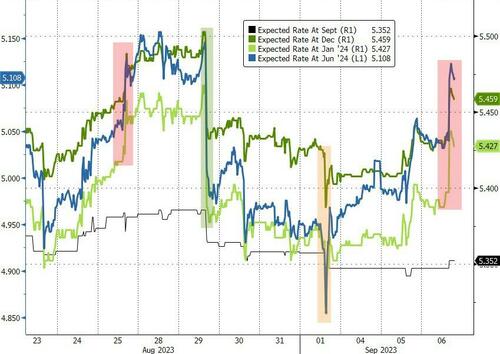
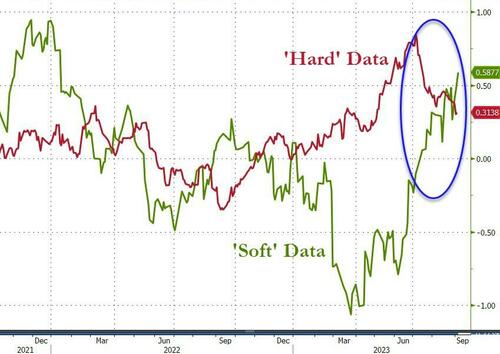
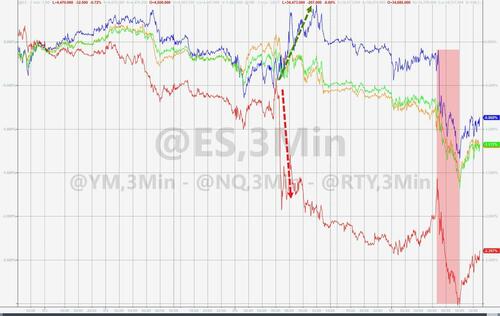
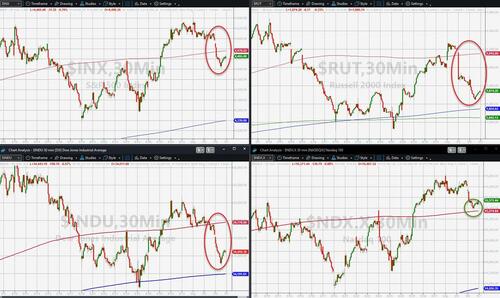
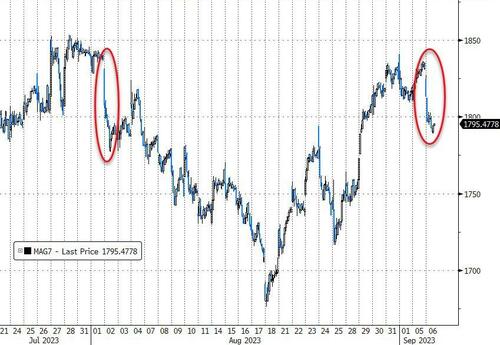
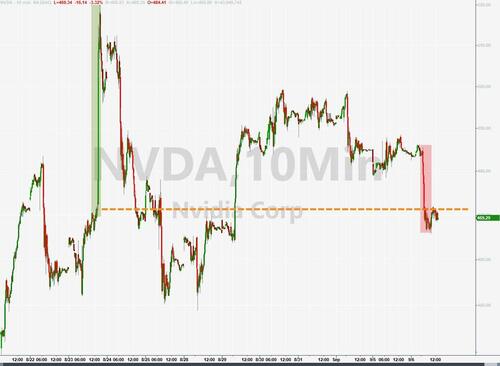
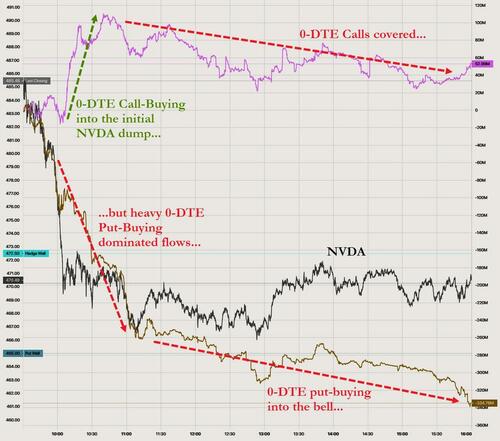
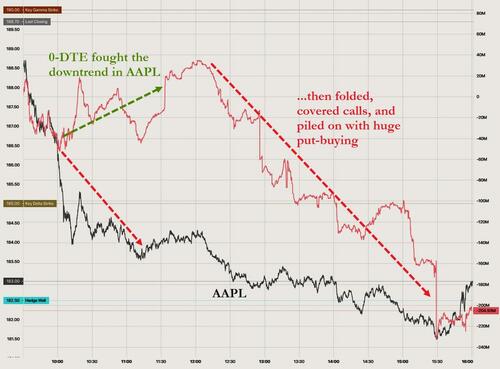
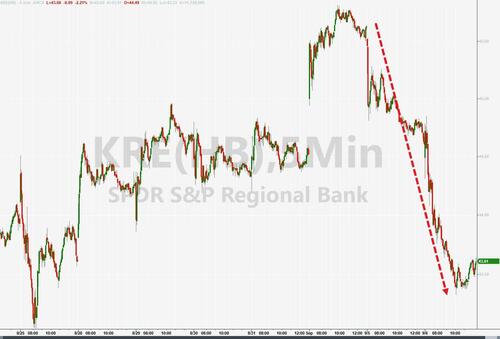
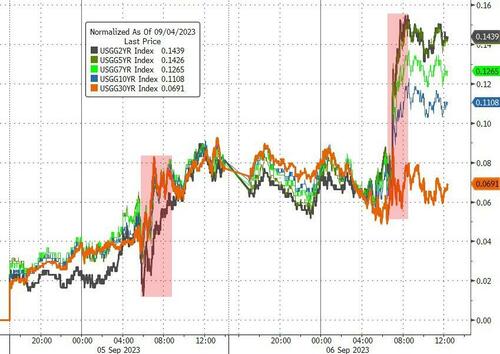

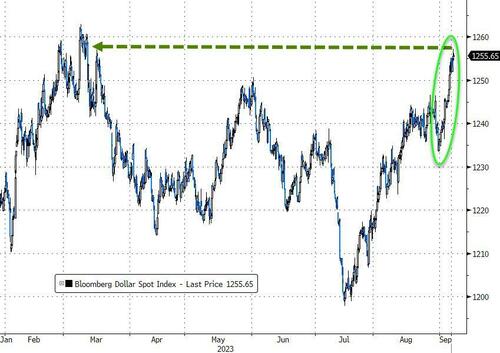

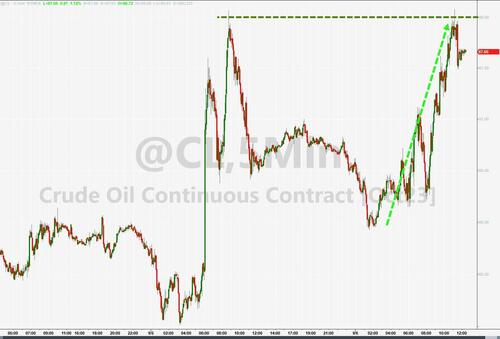
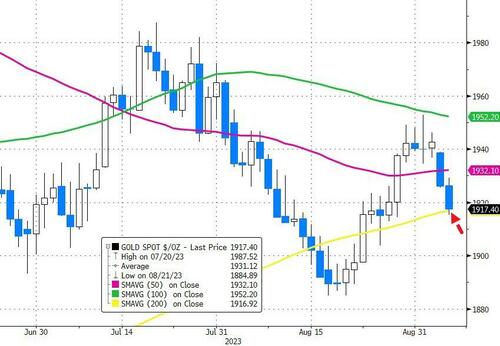
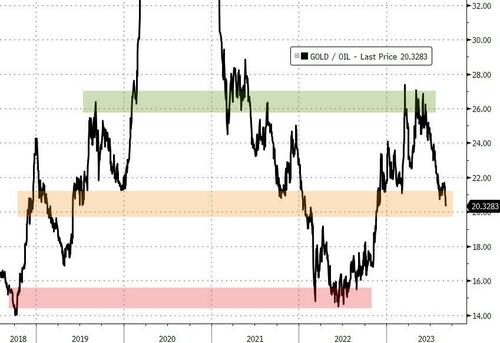

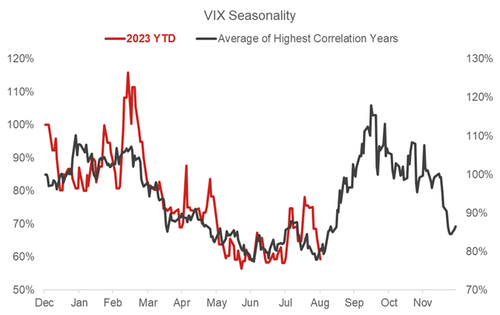

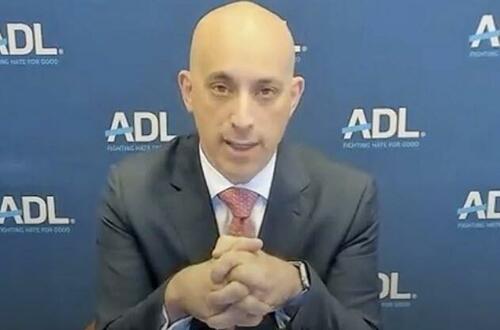

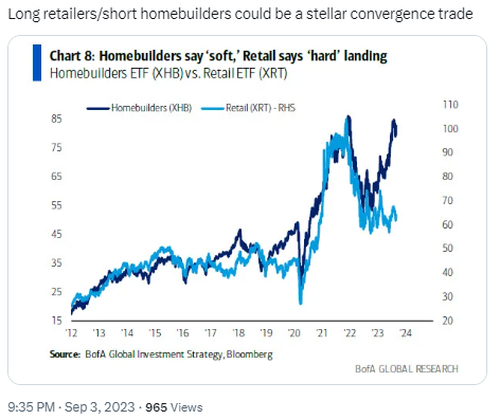


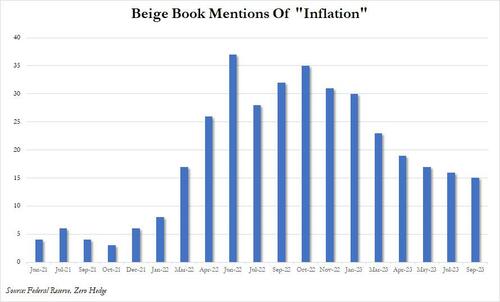
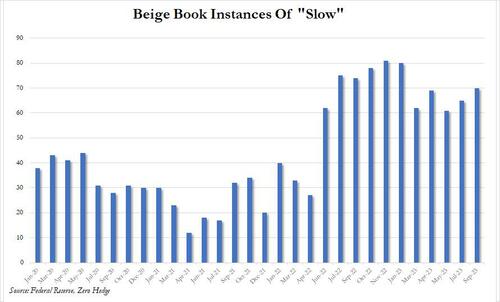
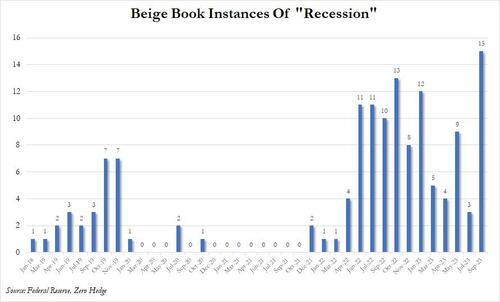




 US Secretary of State Antony
US Secretary of State Antony  : CNN
: CNN 